Ready for a Challenge? Your Guide to Houseplants with Serious Personality
After spending years deep in the world of plants—from running huge commercial greenhouses to helping people build their dream private collections—I’ve seen it all. Don’t get me wrong, I love a classic pothos or snake plant. They’re the reliable old friends of the plant world. But there’s a special kind of thrill when someone is ready to go beyond the basics. They’re looking for a plant with an attitude, a weird growth habit, or a shape that just makes you say, “Whoa.” If that’s you, you’re in the right place.
In this article
Bringing a strange and wonderful plant into your home is more than just grabbing a new piece of décor. It’s like starting a new conversation. To be honest, success with these guys isn’t about some secret magic trick. It’s about understanding where they come from and giving them what they need. It takes a bit more attention than your average houseplant, but the payoff is a living sculpture that’s all yours. So, let’s get into the foundational know-how and specific tips I’ve picked up over the years.
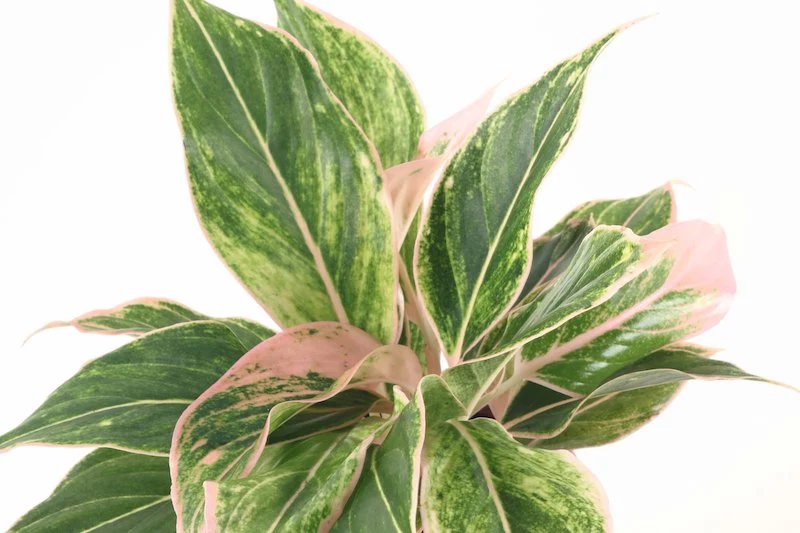
First Things First: The Science That Actually Matters
Before we dive into the cool plants, we have to cover the basics. I know, I know—but understanding the ‘why’ behind the work is what separates a thriving plant from a sad, crispy one. So many plant problems I see boil down to a simple misunderstanding of these fundamentals.
Light Is More Than ‘Bright’ or ‘Low’
Plants don’t just see “light.” They’re picky. How do you figure out if you have enough good light without buying a pro-grade light meter? Easy. Use the shadow test. Go to the spot where you want to put your plant and hold your hand up, about a foot above the surface. Look at the shadow it casts.
- A sharp, dark, clearly defined shadow means direct sun. This is great for succulents but will fry most tropicals.
- A soft, fuzzy shadow means bright, indirect light. This is the sweet spot for a huge number of interesting houseplants.
- A super faint shadow or no shadow at all means low light. And frankly, most of the really unique plants we want won’t thrive in true low light; they’ll just… survive.
It all comes back to their natural home. A plant from a jungle floor is used to dappled light, while a desert dweller expects a full-on blast of sun. Our job is just to play matchmaker.
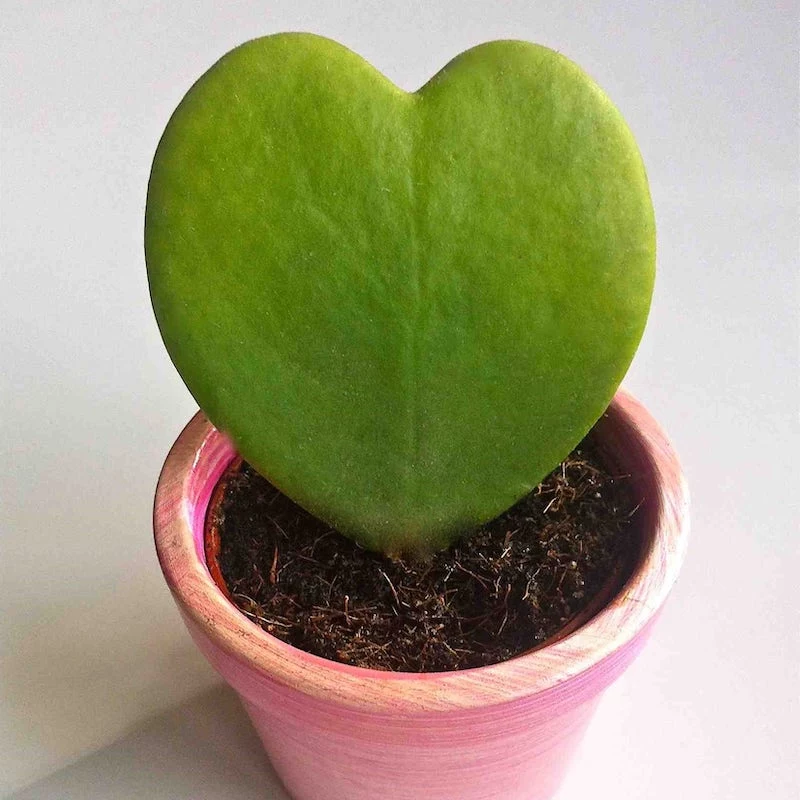
Good Soil Is About More Than Dirt
You hear the term “well-draining soil” everywhere, but what does it actually mean? It’s all about creating air pockets in the soil. The number one killer of houseplants is root rot, which happens when soil stays soggy for too long, drowning the roots because there’s no oxygen. You’ll know it when you smell it—a sour, swampy odor that means things have gone very wrong.
To avoid this tragedy, I always make my own soil mix. The bagged stuff from the store is often too dense. Here’s my go-to recipe for most tropicals, including many aroids (the plant family that includes favorites like Philodendrons and Monsteras):
- 2 parts high-quality potting mix
- 2 parts orchid bark
- 1 part perlite or pumice
- A half-part horticultural charcoal
You can find all these ingredients online or at a good garden center. A bag of orchid bark or perlite usually runs about $10-$15 and will last you for ages. This mix gives roots something to grab onto while letting water flow through, preventing that dreaded sogginess.
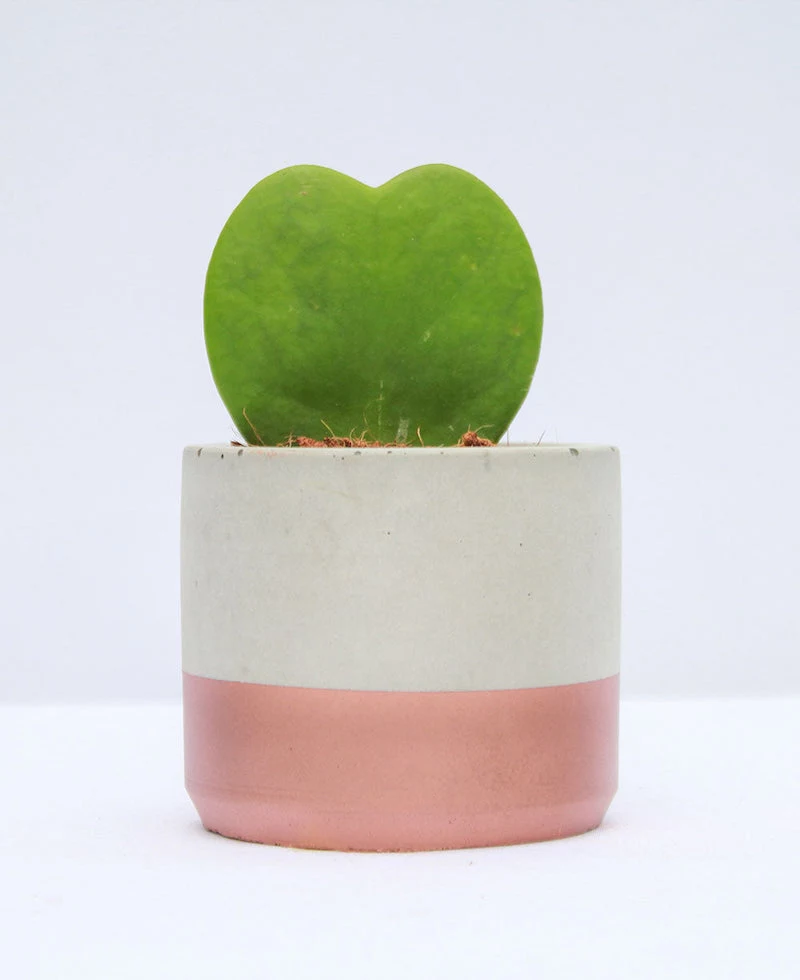
Humidity: The Easiest Quick Win
Want to make your tropicals happier today? Group them together. Seriously, this is the easiest trick in the book. It creates a little microclimate, a tiny humidity dome that helps them all thrive. Most cool houseplants come from humid places, and our homes (especially with AC and heat running) are basically deserts. This causes crispy brown leaf edges. While pebble trays are cute, their effect is tiny. The best investment you can make is an electric humidifier. You can get a decent small one for between $30 and $70, and it makes a bigger difference than anything else. Aim for a consistent humidity level of 50-60%.
Pro-Level Habits for Healthy Plants
Great care goes beyond just light and water. These are the little habits that I’ve seen make the biggest difference over the long haul.
How to Pot and Water Like a Pro
When you get a new plant, fight the urge to immediately put it in that gorgeous, oversized pot you bought. A pot that’s too big holds way too much soil, which stays wet and leads straight to root rot. The rule of thumb is to choose a pot just 1-2 inches wider than the current root ball. And it absolutely MUST have a drainage hole. No exceptions!
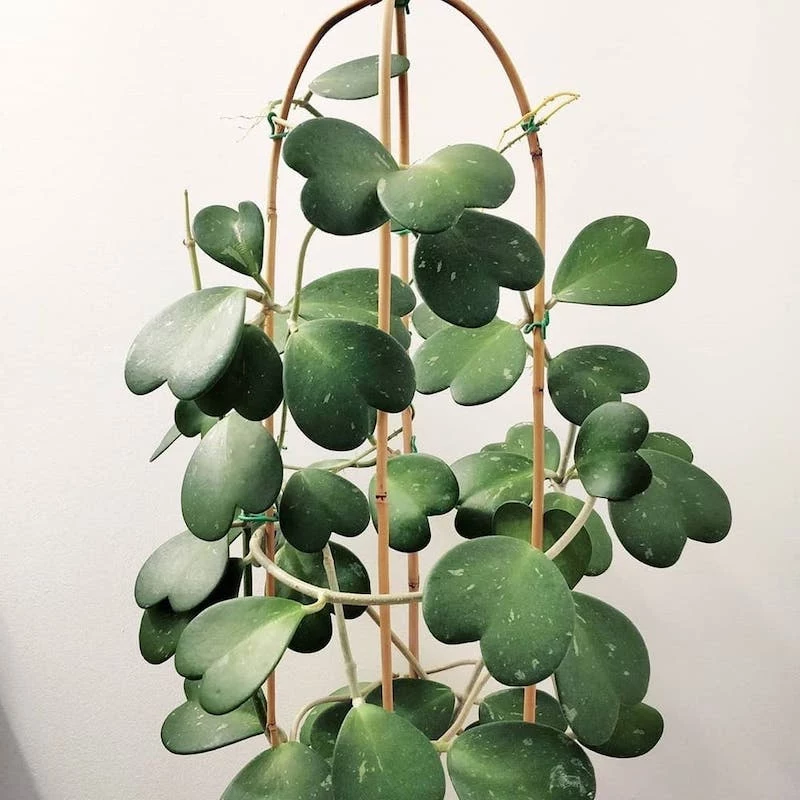
As for watering, ditch the schedule. My go-to trick is a simple wooden chopstick. I gently push it a few inches into the soil and pull it out. If it comes out clean and dry, it’s time to water. If it has damp soil clinging to it, I wait a few more days. It’s way more accurate than just touching the topsoil.
When you do water, do it thoroughly. Take the plant to the sink and let water run through until it’s pouring out the bottom. This flushes out mineral buildup and ensures every root gets a drink. Let it drain completely before putting it back.
Dealing with Pests (Before They Deal with You)
Pests are just a part of life with plants. The key is catching them early. Once a week, I make a point to inspect my plants. I check under the leaves, around new growth, and in the little nooks where leaves meet stems. This is where guys like spider mites and mealybugs love to hide.

If I find something, I don’t panic and reach for the heavy-duty chemicals. First, I try to physically remove them. A cotton swab dipped in rubbing alcohol takes care of mealybugs instantly. A strong spray of water can knock off spider mites. For a bigger problem, I’ll use insecticidal soap or horticultural oil. Just be sure to follow the dilution instructions on the bottle. I once learned that lesson the hard way on a prized variegated Monstera… a painful reminder to always read the fine print.
A Closer Look at Some Weird and Wonderful Plants
Alright, let’s get to the good stuff. Here are a few structurally unique plants and what you actually need to know to keep them happy. I’ve given each a little rating to help you choose your challenge.
Fishbone Cactus (Epiphyllum anguliger)
This is one of my favorites. It looks like a cactus, but it’s actually an epiphyte from the jungles of Mexico, meaning it grows on trees. Knowing this one fact changes everything.
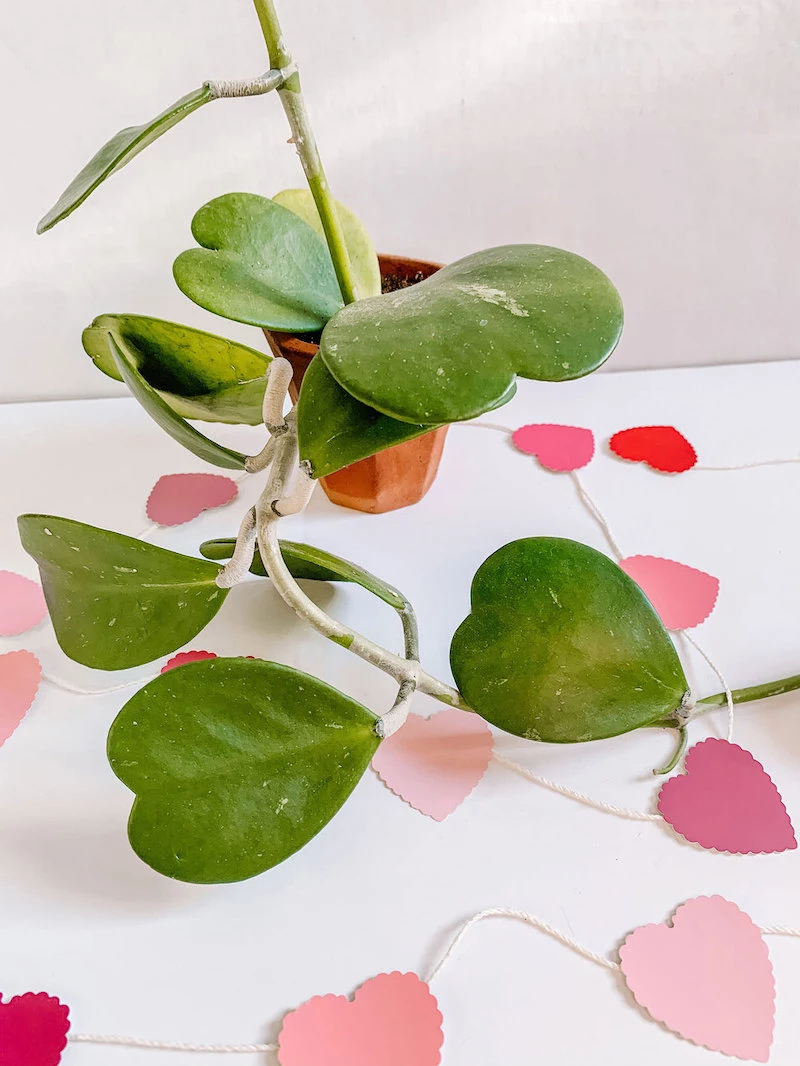
- The Cool Factor: Its stems are flat with deep lobes, creating an awesome zigzag pattern. It’s a trailing plant, so it looks amazing in a hanging basket.
- Care Essentials: Give it bright, indirect light—an east-facing window is perfect. Use that airy, chunky soil mix we talked about, not a sandy cactus mix. Water it when the top inch or two of soil is dry.
- Patience Level: Medium. It’s not fussy, but you have to treat it like a tropical plant, not a desert one.
- Price Tag: You can usually find a decent-sized one for $20 to $40 at a local nursery or online.
Coral Cactus (Euphorbia lactea ‘Cristata’)
This thing is a total showstopper. But it comes with a couple of big secrets. First, it’s not a cactus at all. Second, it’s actually two different plants grafted together!
- The Cool Factor: The wavy, fan-like top part is a mutated plant that can’t survive on its own. So, it’s grafted onto a tougher, hardier Euphorbia rootstock. It’s basically plant life-support!
- Care Essentials: It needs bright light to keep its cool colors. Use a fast-draining cactus/succulent mix for this one. Water it VERY sparingly—let the soil dry out completely. Maybe once a month in the winter.
- Heads Up! CRITICAL SAFETY WARNING: Like all euphorbias, it has a milky white sap that is toxic and can cause serious skin and eye irritation. Wear gloves and eye protection if you ever have to handle a broken piece. This is NOT a plant for homes with curious pets or kids.
- Forgiveness Factor: Low. Overwatering will cause rot at the graft, and once that happens, it’s usually game over.
- Price Tag: Expect to pay $25 to $50 depending on the size of the ‘coral’ crest.
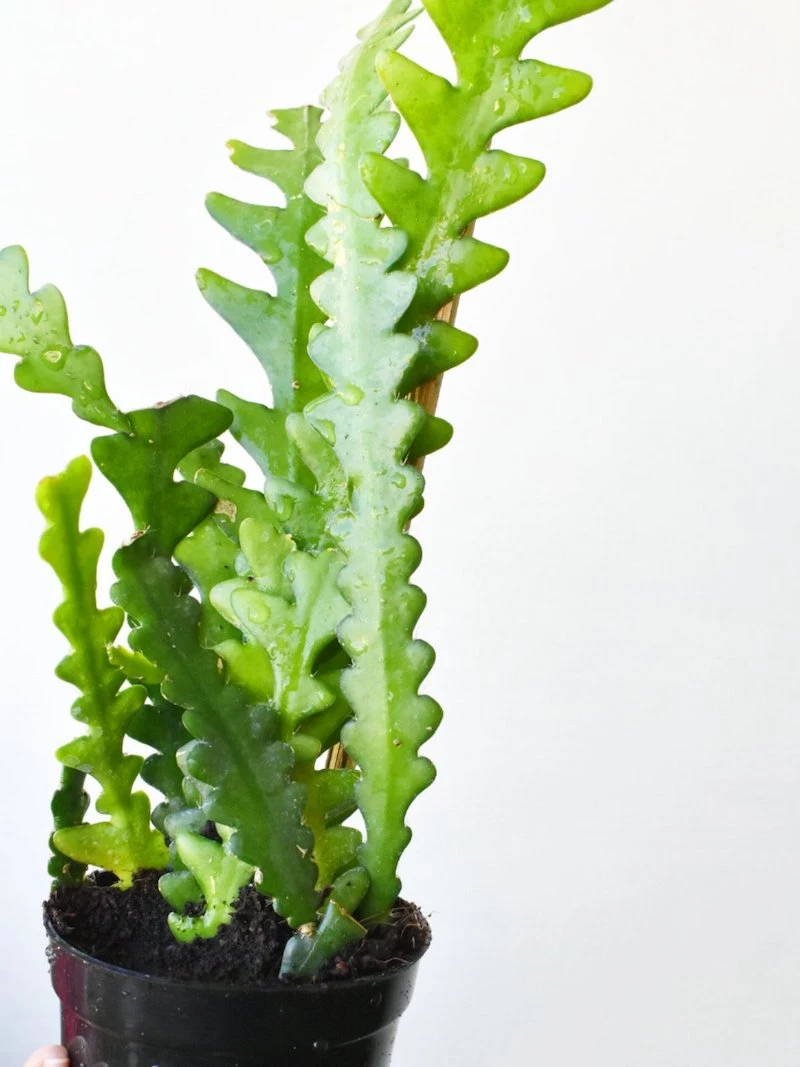
Sweetheart Hoya (Hoya kerrii)
You’ve probably seen these sold as a single, heart-shaped leaf, especially around Valentine’s Day. They are adorable, but there’s a catch you need to know about.
- The Cool Factor: Thick, succulent, heart-shaped leaves. What’s not to love?
- The ‘Zombie Leaf’ Problem: A single leaf cutting will root and can live for years, but if the cutting doesn’t include a piece of the main stem with a node (a little bump), it will never grow into a full vine. It will just be a single leaf forever. When you’re shopping, specifically look for a plant with a visible bit of stem. If all you see is a leaf stem stuck in the dirt, it’s a gamble.
- Care Essentials: Bright, indirect light and a very chunky, airy soil mix. Let them dry out almost completely between waterings; their thick leaves hold a lot of water.
- Patience Level: High. Hoyas are slow growers, but they are very resilient if you get a real, viable plant.
- Price Tag: A single ‘zombie leaf’ might be cheap, maybe $10-$15. A viable plant with a stem and potential for growth will likely cost $25 or more.
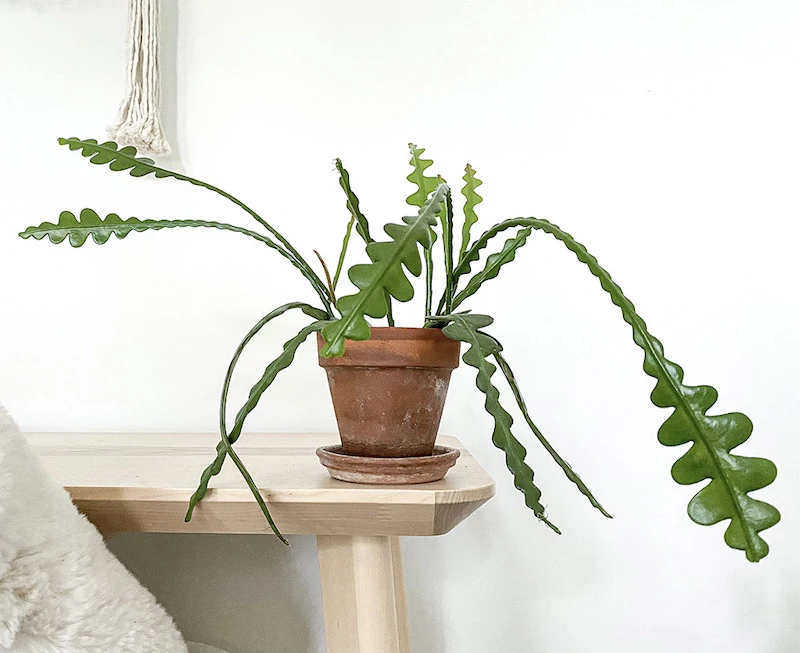
Venus Flytrap (Dionaea muscipula)
This carnivorous plant is absolutely fascinating, but it plays by a completely different set of rules. Its needs are non-negotiable.
- The Cool Factor: It eats bugs! The traps are an adaptation to the nutrient-poor bogs where it’s from.
- Care Essentials: This is the most important part. You MUST use distilled water, reverse osmosis water, or clean rainwater. Tap water will kill it. This isn’t a suggestion, it’s a rule. Plant it in nutrient-free soil, like a mix of peat moss and perlite. Never fertilize it. And give it TONS of direct sun—at least 4-6 hours a day.
- Pro Tip on Feeding: If it’s indoors, you can feed it. Use tweezers to gently place a small, dead insect (like a flightless fruit fly or a dried bloodworm from the pet store) into one of the traps. Only feed one or two traps a month during the growing season. And never trigger the traps for fun; it wastes a ton of the plant’s energy.
- The Unskippable Step: It needs a cold winter dormancy to survive long-term. From about November to February, it needs to be in a cool spot (like an unheated garage) and kept just barely damp. It will look like it’s dying—this is normal! Without this rest, it will burn out and die.
- Forgiveness Factor: Basically zero. If you don’t follow its rules for water, light, and dormancy, it will not survive.
- Price Tag: They are deceptively cheap, often around $10-$15. The real investment is in the specific care they demand.
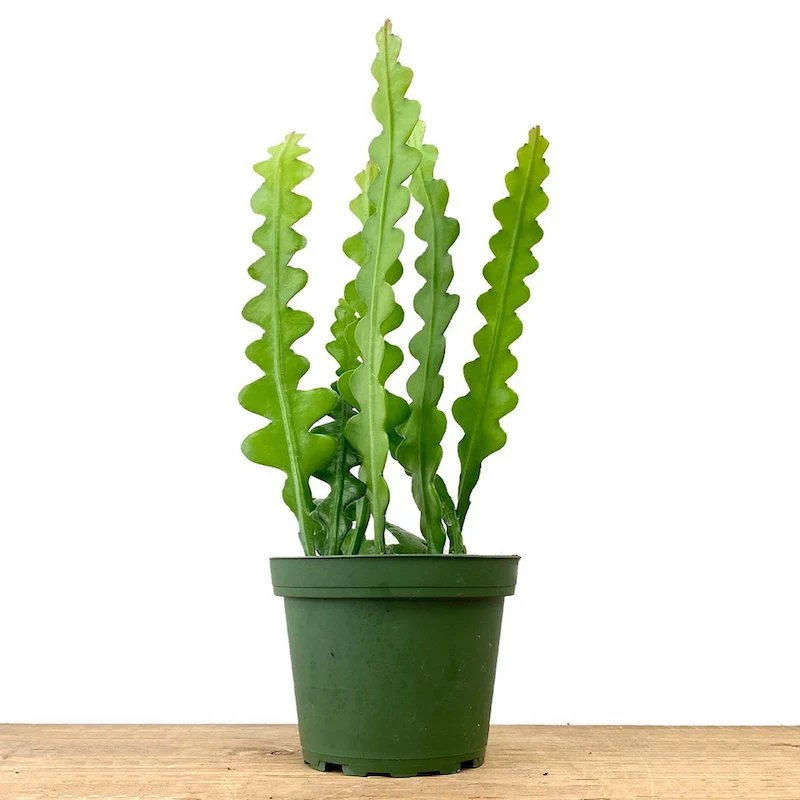
Final Thoughts on Your Plant Journey
Growing these kinds of plants is a journey, and you’re always learning. The best tool you have is your own observation. Your plant will tell you what it needs if you pay attention.
By the way, where you get your plant matters. While you can sometimes find gems at big-box stores, I’ve had the best luck with specialized nurseries or even reputable sellers on Etsy who are passionate about their plants. Always give a plant a good once-over before you buy it—check for pests and avoid anything that looks stressed.
Moving beyond the common houseplants opens up a whole new world. It’s incredibly rewarding. When you finally see that tricky plant push out new growth under your care… well, that’s one of the best feelings there is.
Inspirational Gallery
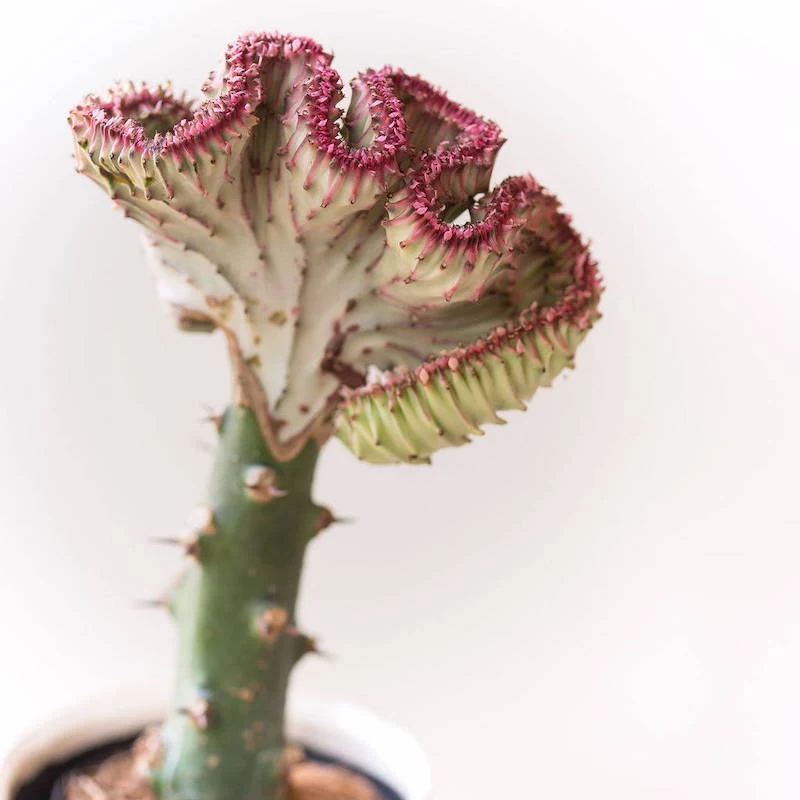
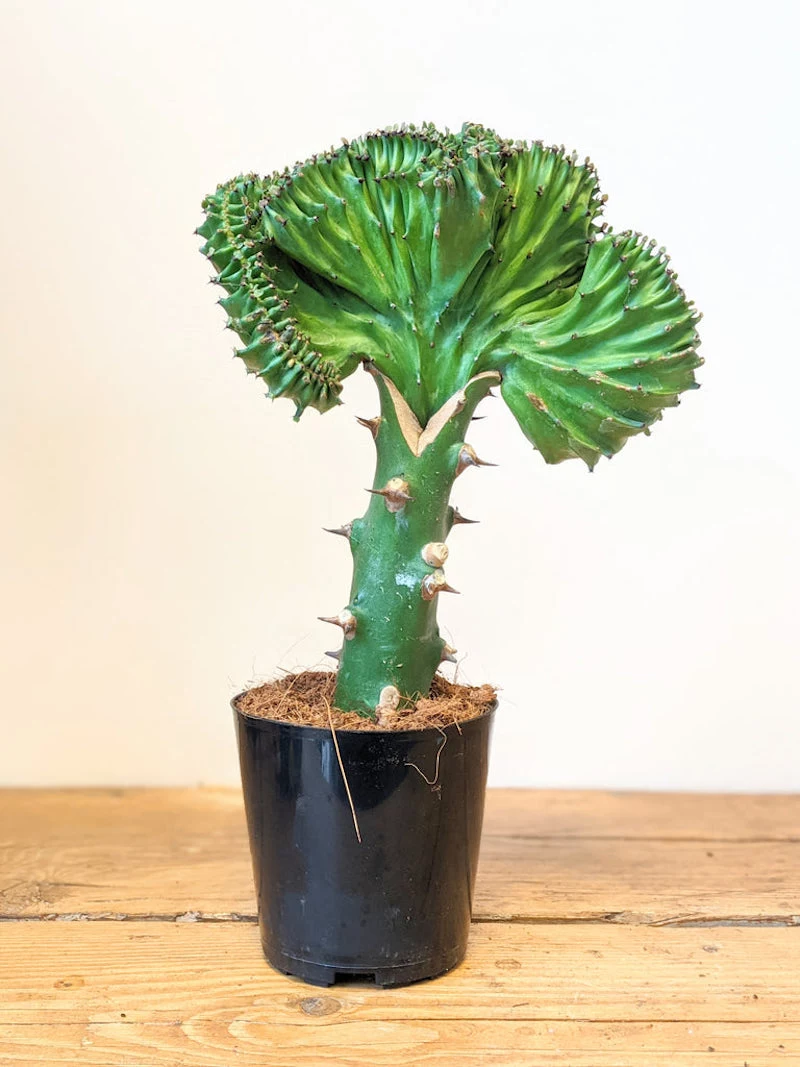
The Potting Mix Myth: Forget the idea of a one-size-fits-all potting soil. For the divas of the plant world, the substrate is everything. A standard bag mix is often too dense, holding water and suffocating the roots of epiphytic or arid-loving plants. Your new best friends are amendments: orchid bark for chunkiness, perlite for aeration, and horticultural charcoal to keep things fresh. The goal isn’t just ‘dirt,’ it’s creating an airy, well-draining environment that mimics their native habitat.
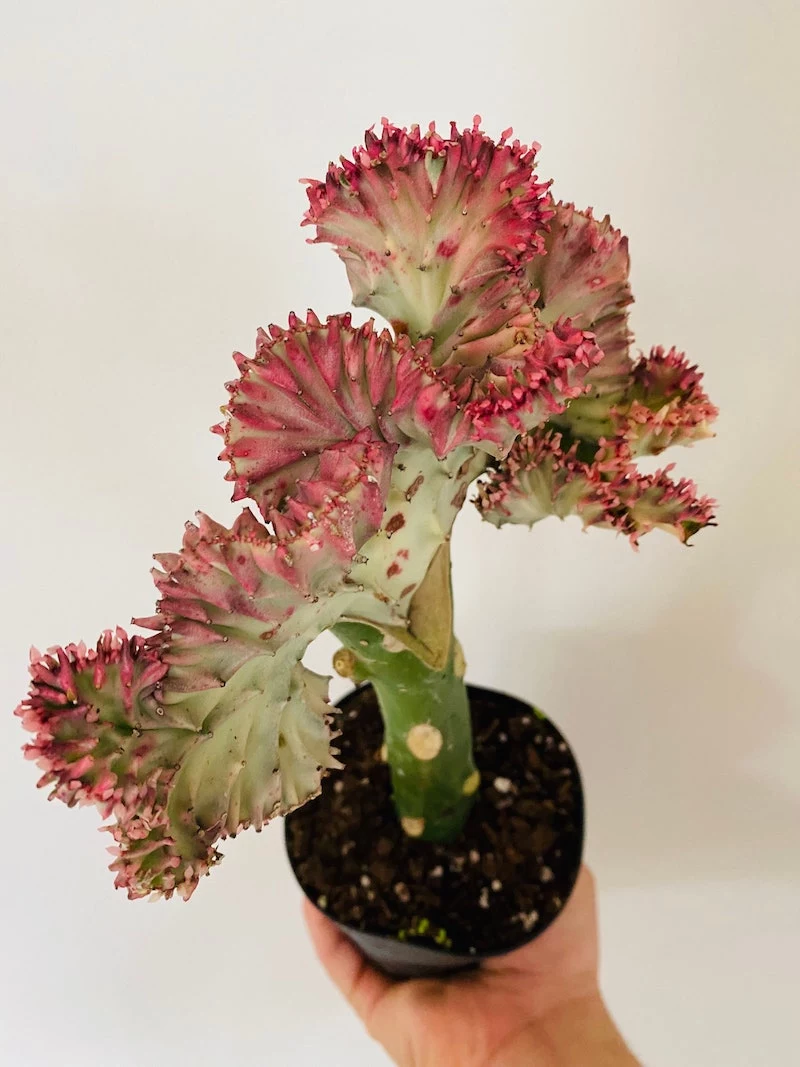
- Boosts humidity without risking fungal issues on leaves.
- Encourages deeper, stronger root growth.
- Prevents mineral buildup on the topsoil.
The secret? Bottom watering. Simply place your plant in a tray of water for 20-30 minutes and let it drink its fill from the drainage holes. It’s a game-changer for thirsty yet rot-prone plants like Calatheas.
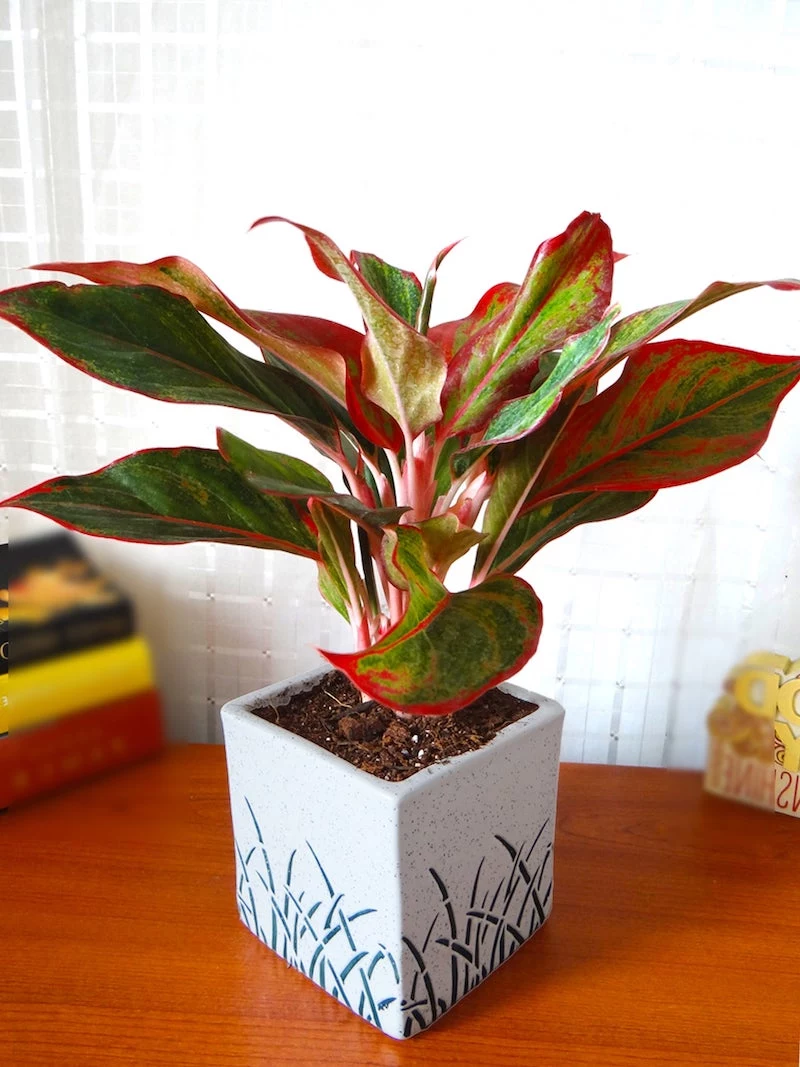
A study by NASA revealed that the root-microbe system of plants is the most significant part of the air-purifying process. It’s not just the leaves; a healthy, thriving root system in a porous medium is actively cleaning your air.
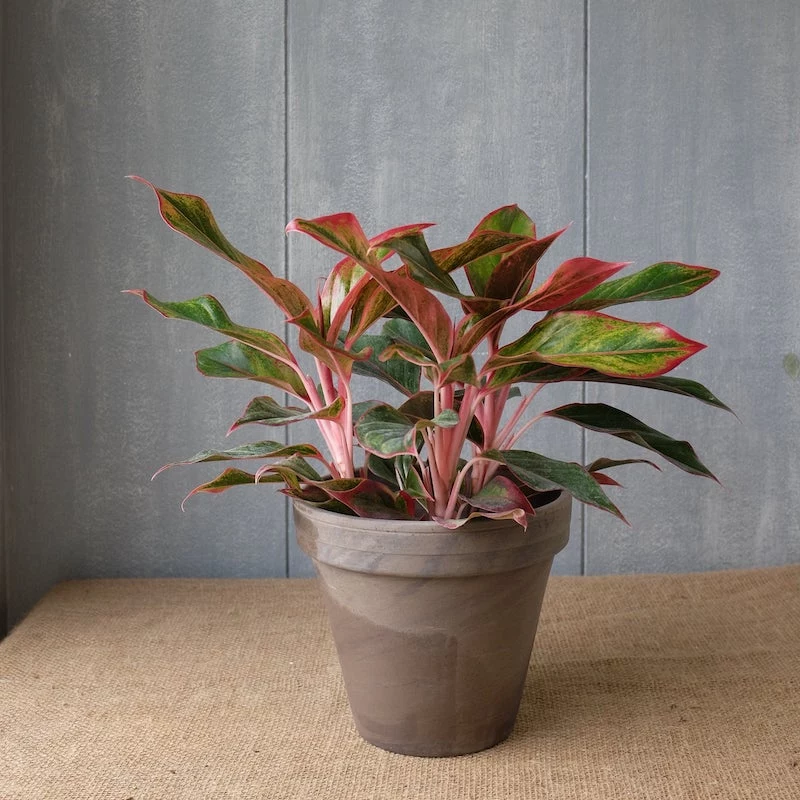
Why is my new, expensive plant suddenly looking so sad?
It’s likely shipping stress. Plants are living things, and being packed in a dark box for days is traumatic. Don’t immediately repot or blast it with sun. Give it a ‘decompression’ period: place it in a spot with medium, indirect light and high humidity (a bathroom is perfect). Let it acclimate for at least a week or two before making any major changes. Patience is your most important tool here.
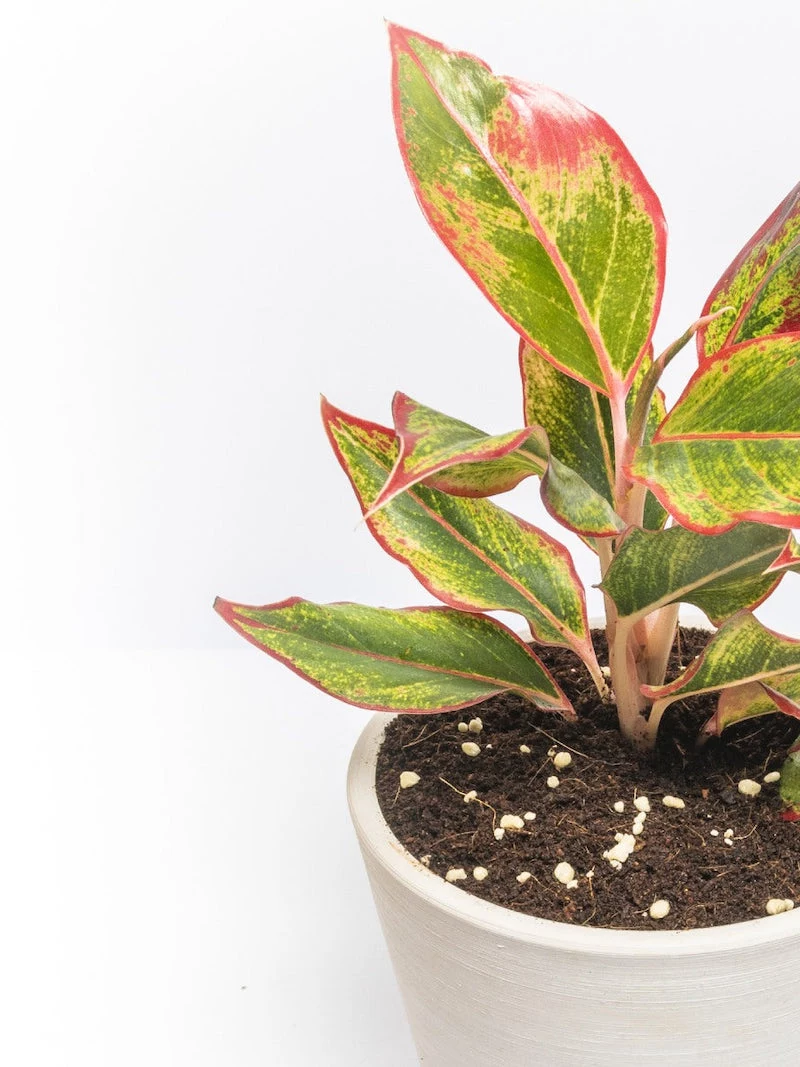
Statement Potting: A plant with personality deserves a home that matches. Don’t hide a architectural Euphorbia or a dramatic Alocasia in a generic plastic pot. Look for materials that complement the plant’s texture. A rough, earthy terracotta from a brand like Bergs Potter beautifully contrasts with a glossy Philodendron leaf. For a colourful Calathea, consider a sleek, minimalist ceramic pot from Kanso Designs to let the foliage be the star.
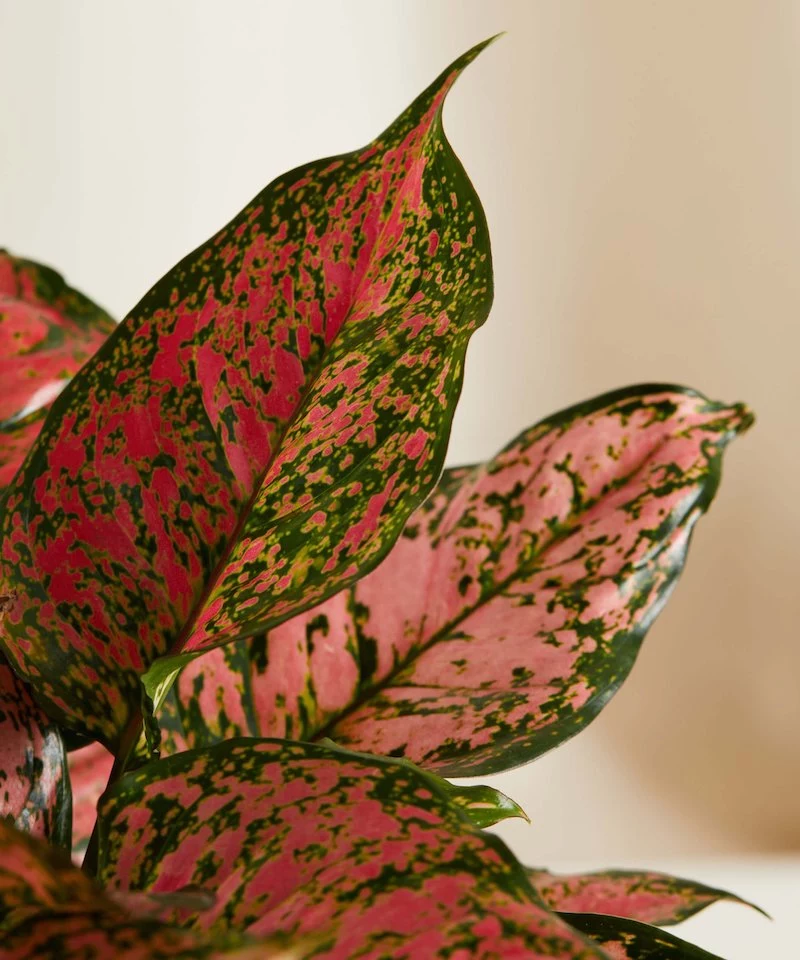
Leca (Lightweight Expanded Clay Aggregate): A semi-hydroponic method where clay balls wick water to the roots. Great for people who overwater, as roots aren’t sitting in stagnant soil.
Chunky Soil Mix: A blend of soil, bark, perlite, and other amendments. Mimics a more natural environment and requires a more intuitive watering schedule.
For most collectors, starting with a well-aerated chunky mix is easier than transitioning fully to leca, but leca offers unparalleled control for very rare specimens.
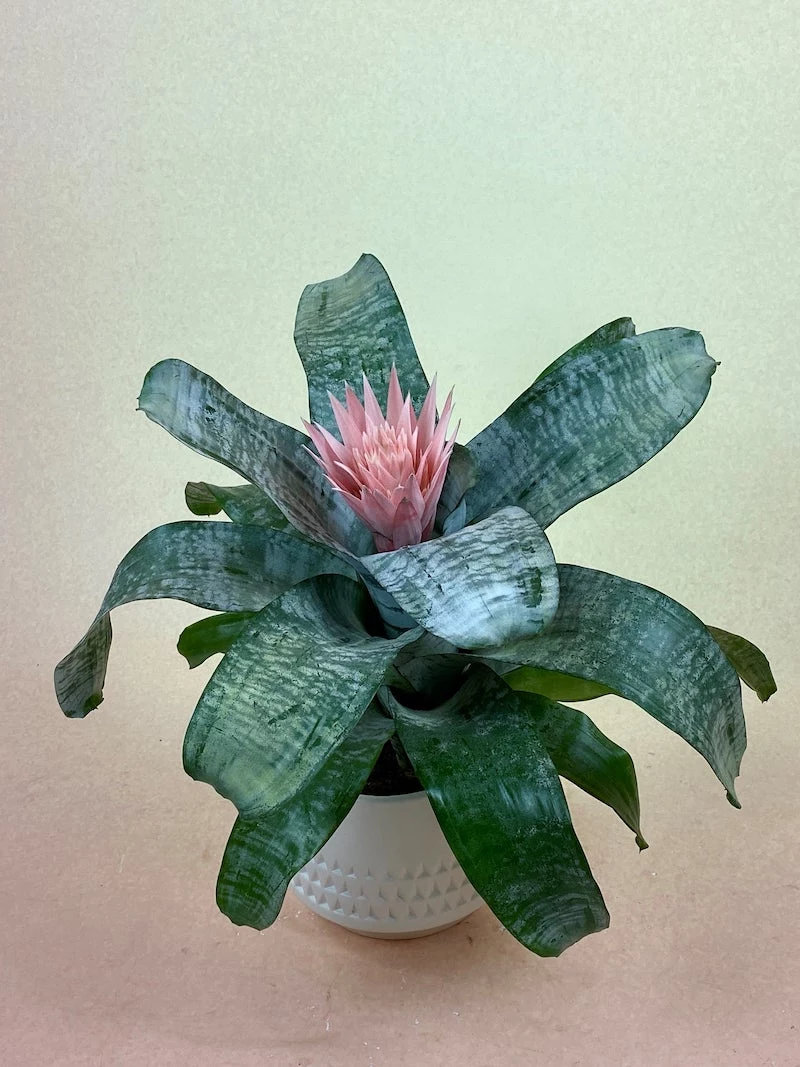
- Check the underside of leaves for tiny webbing (spider mites).
- Look for small, white, fluffy specks in leaf crevices (mealybugs).
- Notice sticky, clear residue on leaves or stems (honeydew, a sign of scale or aphids).

The Acclimatization Period: When you bring home a new botanical treasure, especially one purchased online, resist the urge to immediately repot it. It’s already stressed from the journey. Give it two to four weeks in a stable, bright, indirect light spot to adapt to your home’s unique temperature and humidity. This quarantine also protects your existing collection from any potential hitchhiking pests.
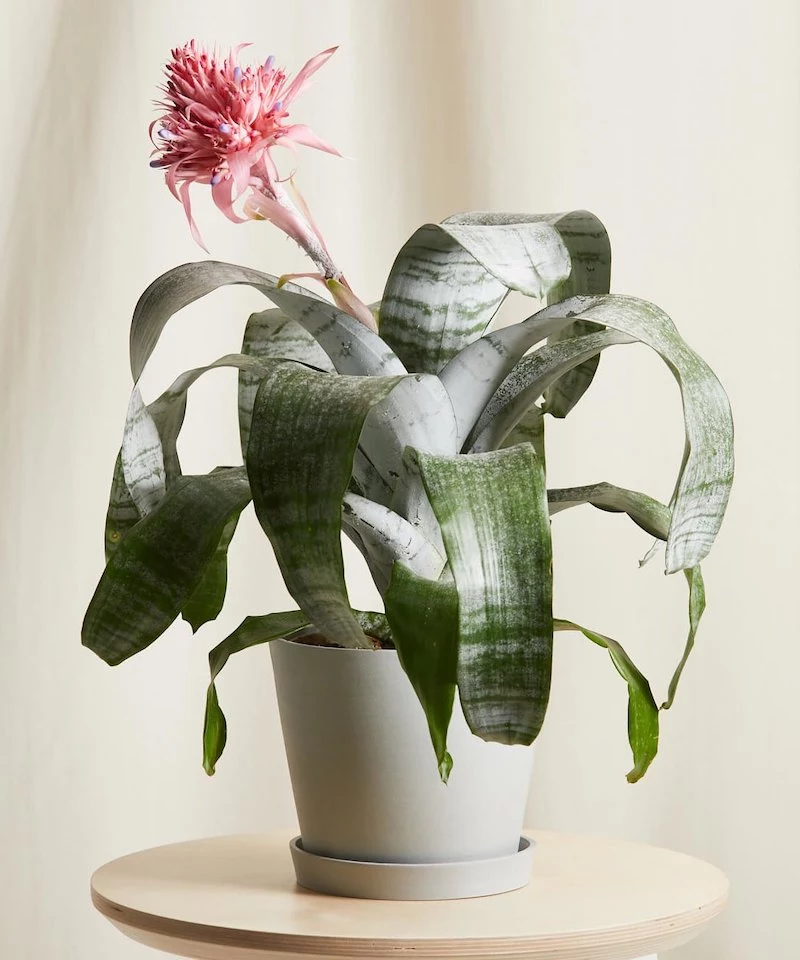

Many of the most striking plants, like the Aechmea fasciata (Silver Vase Plant) shown in the gallery, are Bromeliads. A fascinating fact about them is that the main plant typically dies after producing its magnificent bloom and one or more ‘pups’ (baby plants) at its base. The collector’s journey then continues by carefully separating and potting these pups to start the cycle anew.
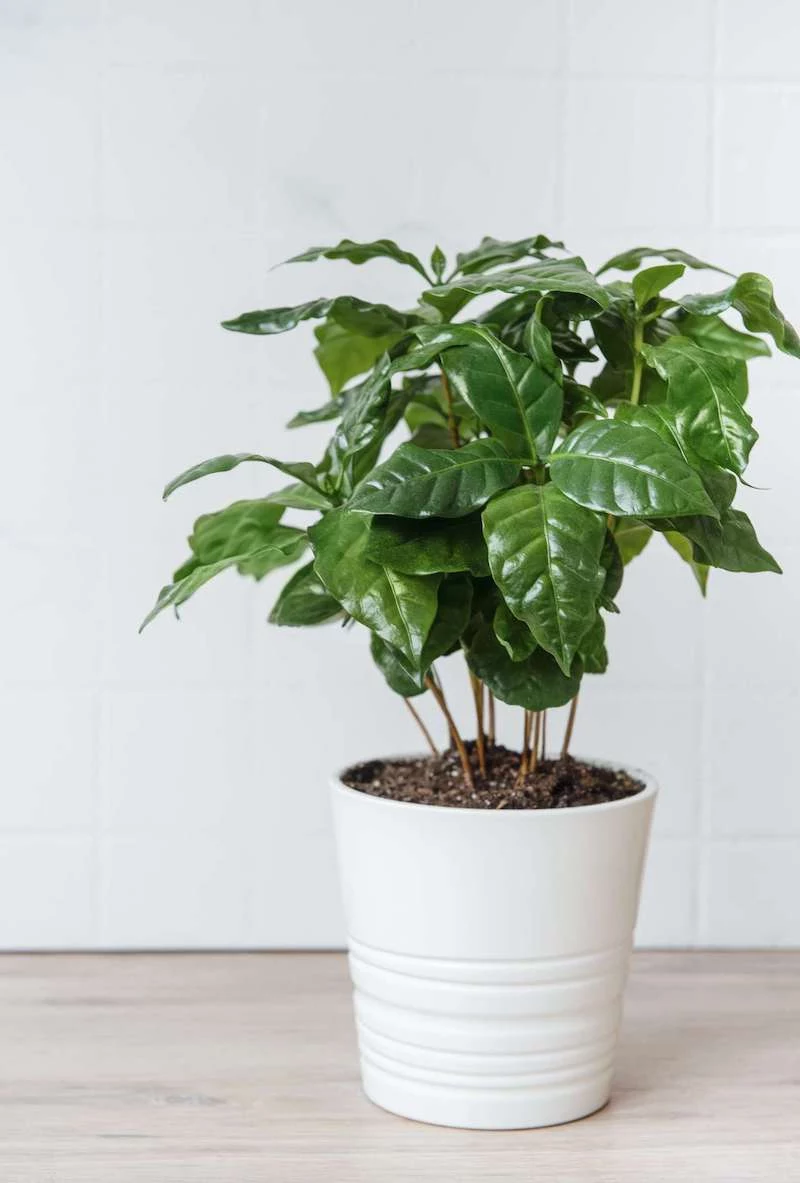
What exactly is variegation?
It’s a mutation, a genetic fluke called a chimera, where a single plant contains two different types of chromosomal make-up. One set can produce chlorophyll (the green part) and the other cannot (the white, pink, or yellow part). This is why variegated plants are often slower-growing and more demanding; the non-green parts can’t photosynthesize, so the plant has less energy. It’s a beautiful, high-maintenance imperfection.
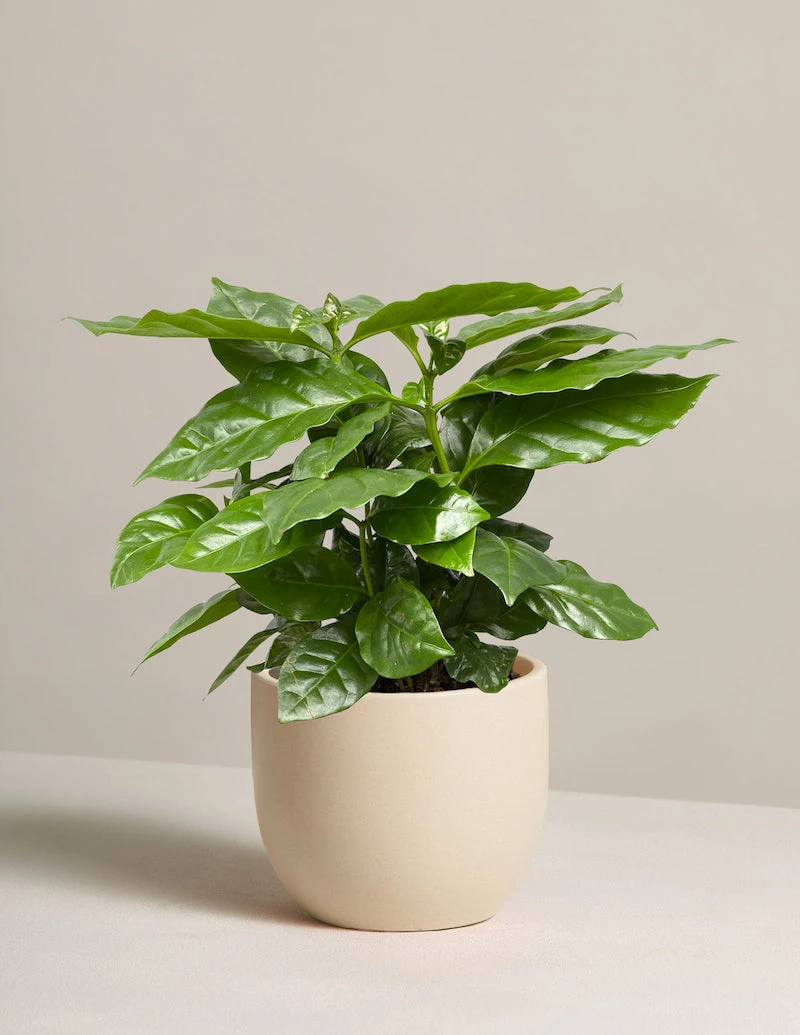
A note on humidity: Many statement tropicals hail from rainforests with 80-90% humidity. Your home is likely closer to 40%. Grouping plants together helps create a small humid microclimate. For your true divas, like many Calathea or Anthurium species, investing in a small humidifier, like a popular model from Levoit, is the single best thing you can do to prevent crispy brown edges and promote lush growth.
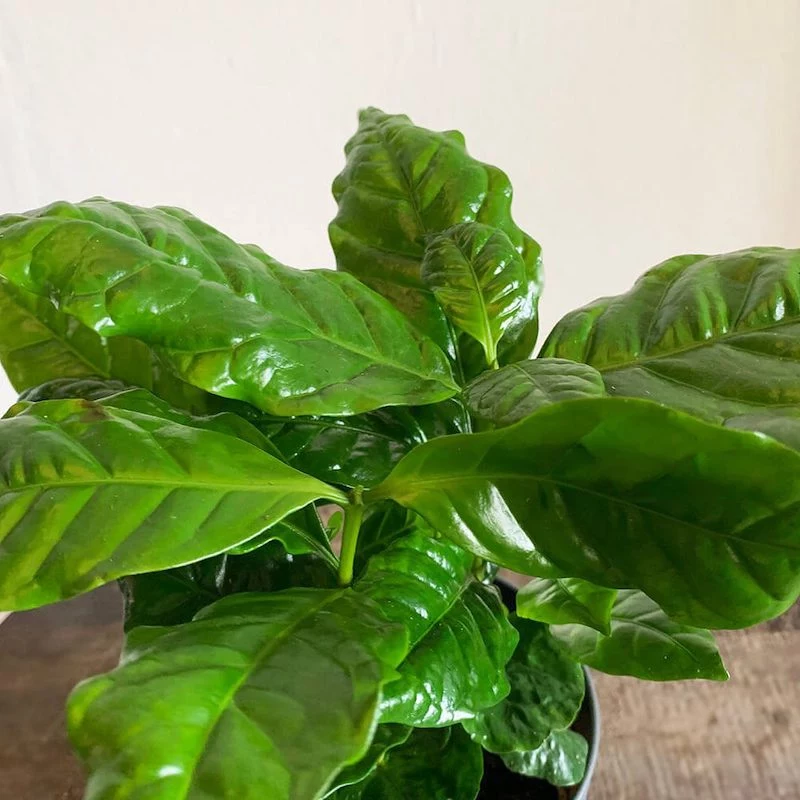
Before you invest in a pricey bottle of specialized fertilizer, consider this: many unique plants are more sensitive to over-fertilizing than under-fertilizing. During the growing season (spring/summer), use a heavily diluted balanced fertilizer, like a 1/4 strength dose of Espoma Organic Indoor Plant Food, once a month. When in doubt, skip it. More plants are killed by too much love than by neglect.
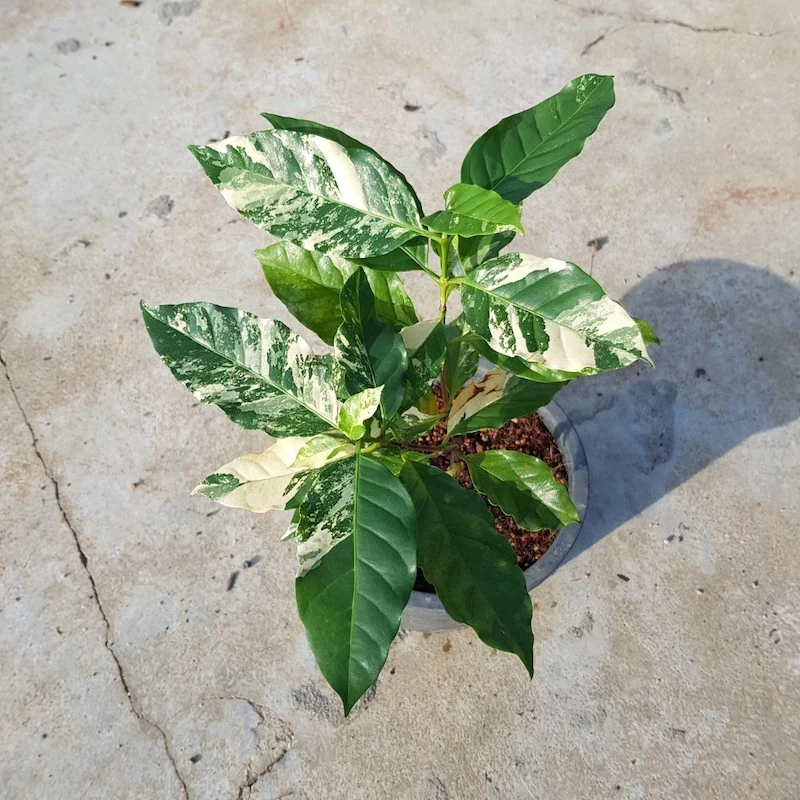
Did you know perlite, the little white rocks in your potting mix, is volcanic glass? It’s heated to 1,600°F (871°C) causing it to pop like popcorn, creating a lightweight, porous structure.
This is why it’s so critical for challenging plants. It doesn’t add nutrients; its sole purpose is to create air pockets in the soil, preventing compaction and allowing roots to breathe. This is the key to avoiding the dreaded root rot that plagues so many well-intentioned plant parents.
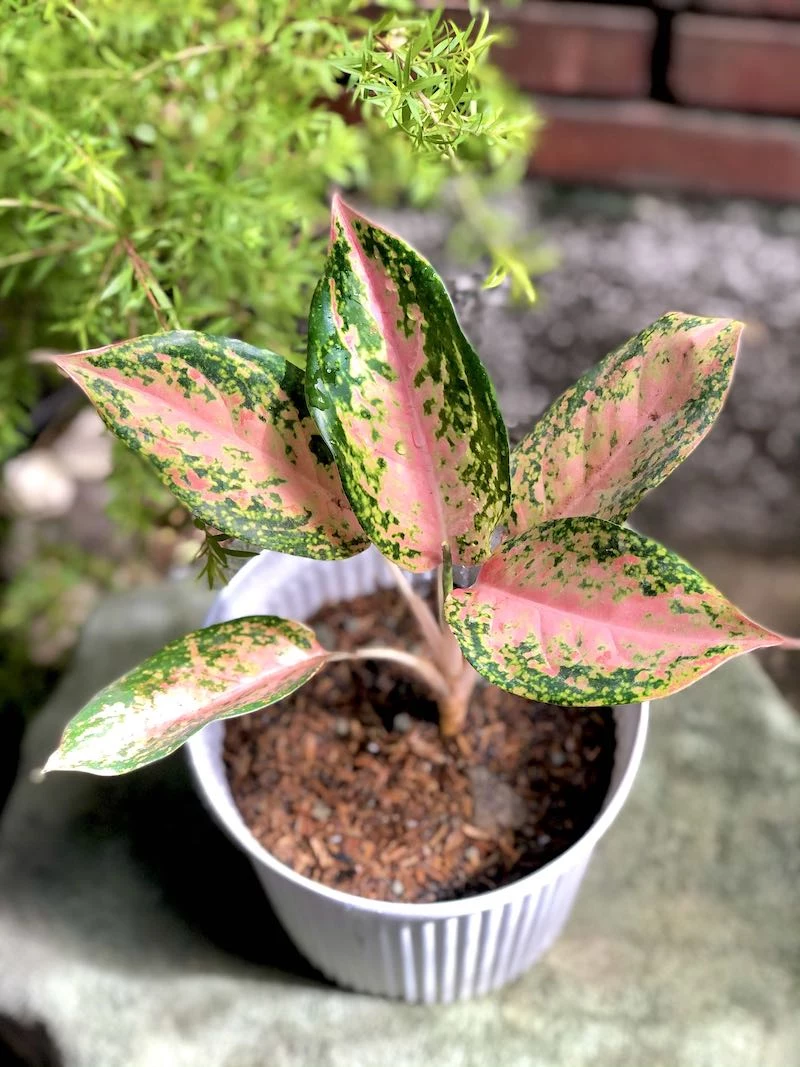
Embrace the ‘rehab’ section of your local nursery. Finding a slightly sad-looking but structurally sound Philodendron ‘Pink Princess’ or a discounted Fiddle Leaf Fig for a few dollars is a low-risk way to practice your skills. The satisfaction of nursing a plant back to its full glory is one of the greatest rewards in this hobby.
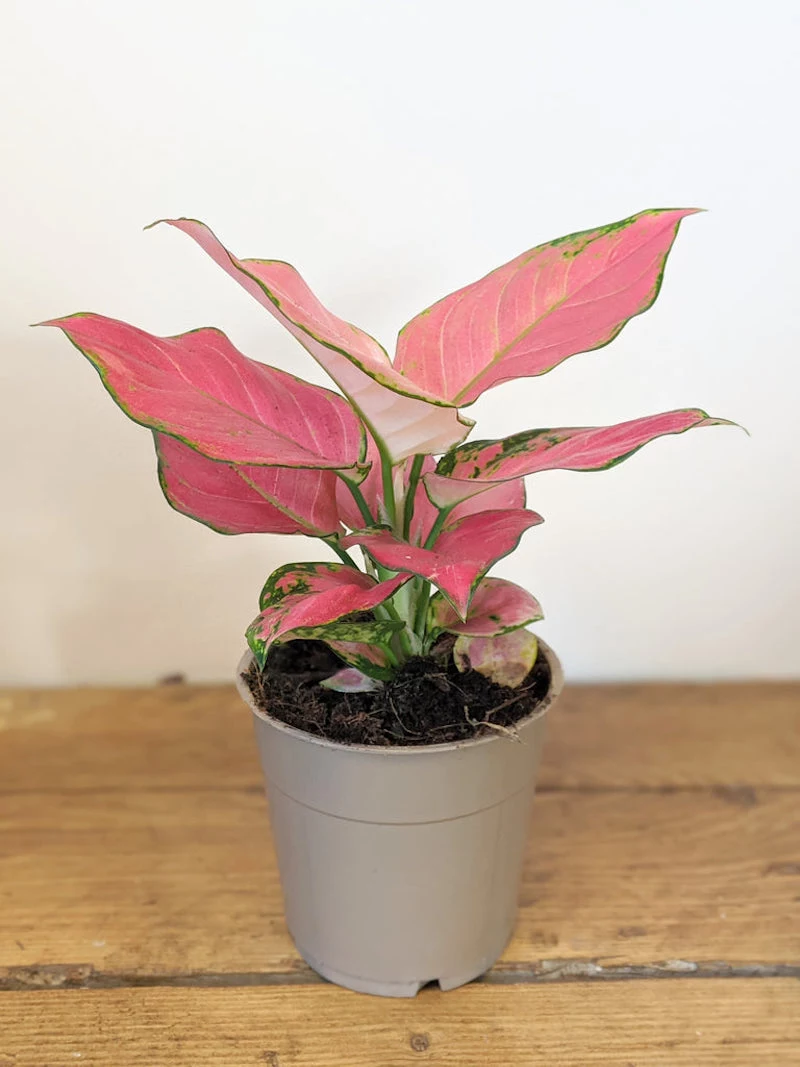
Don’t just look at your plants, touch them! The waxy, smooth surface of a Hoya, the velvety softness of a Philodendron Micans, or the bumpy, alien texture of a Huernia—engaging with these different surfaces connects you more deeply to your collection and helps you notice changes in the plant’s health sooner.
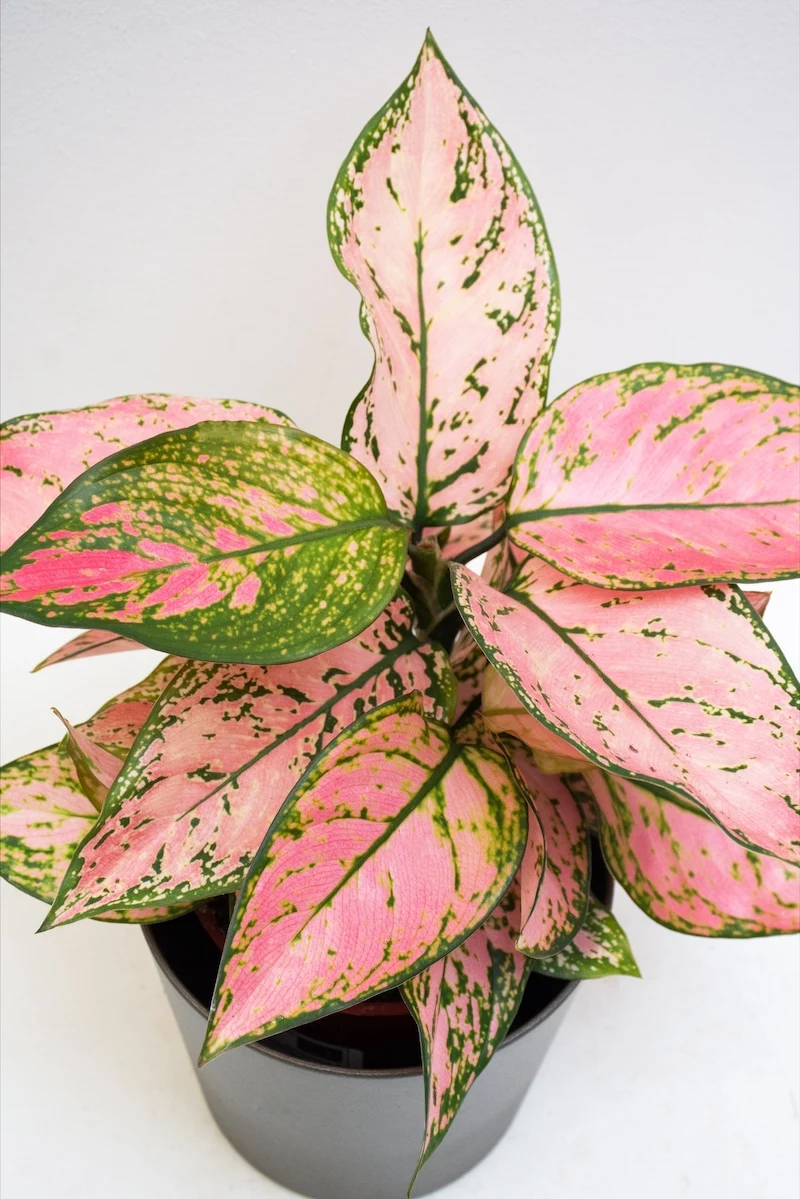
- It helps you track watering schedules, preventing over or under-watering.
- You can note when you fertilized last.
- It provides a record of growth, helping you see what’s working.
The secret? A simple plant journal. It can be a dedicated notebook or a simple app like ‘Planta’. Documenting your care turns you from a plant owner into a plant scientist.
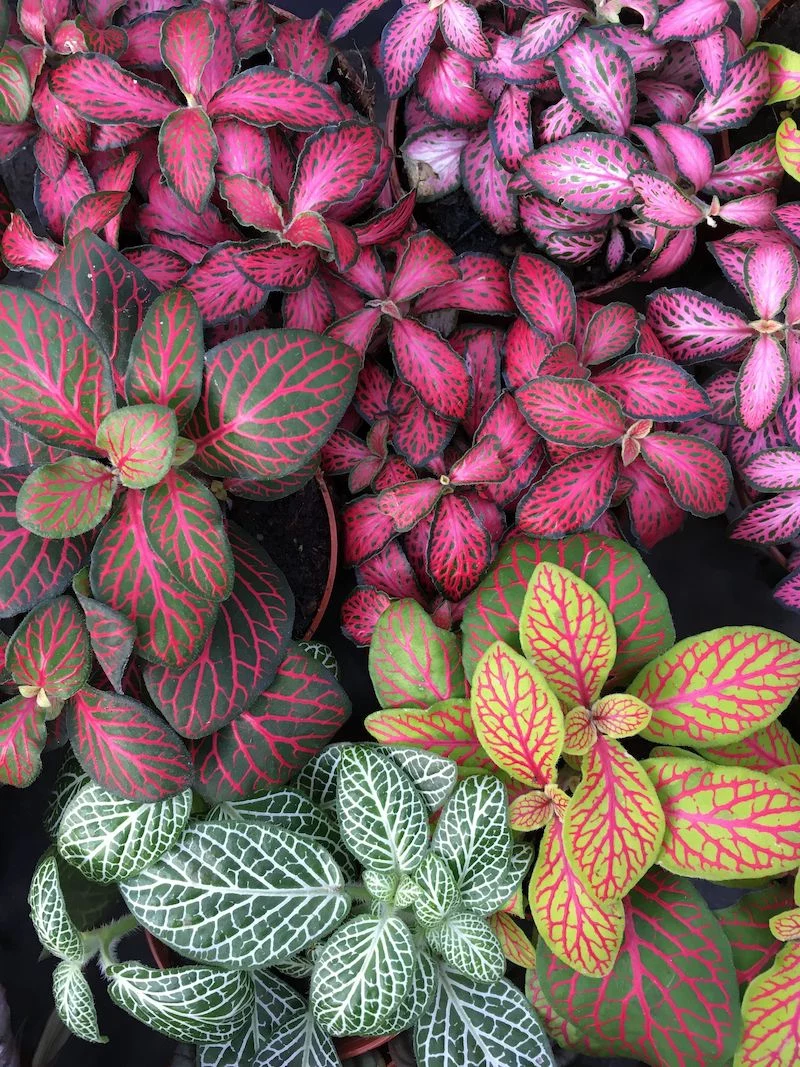
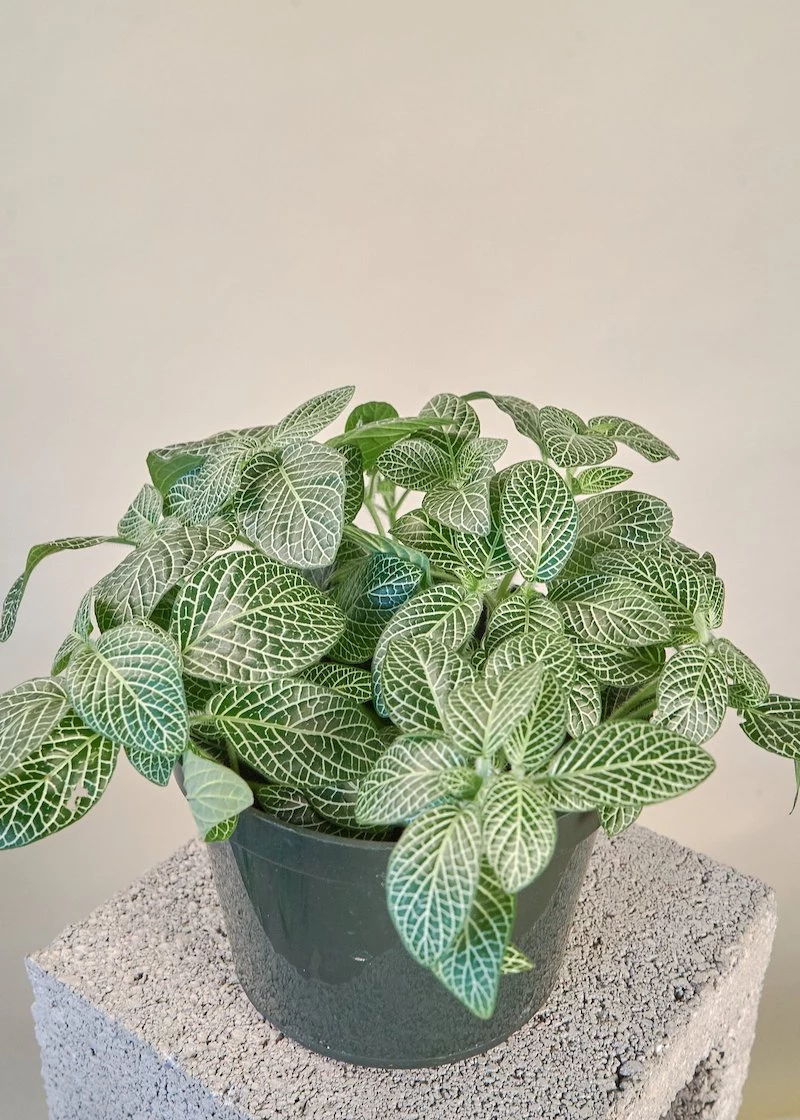
A Quick DIY Aroid Mix: Ready to move beyond the bag? Try this simple, effective recipe for plants like Monsteras, Philodendrons, and Anthuriums.
- 1 part high-quality indoor potting soil
- 1 part orchid bark
- 1 part coarse perlite
- A handful of horticultural charcoal (optional)
Mix it all together. The result should feel light, chunky, and airy. It will dry out faster than standard soil, but your plant’s roots will thank you for it.
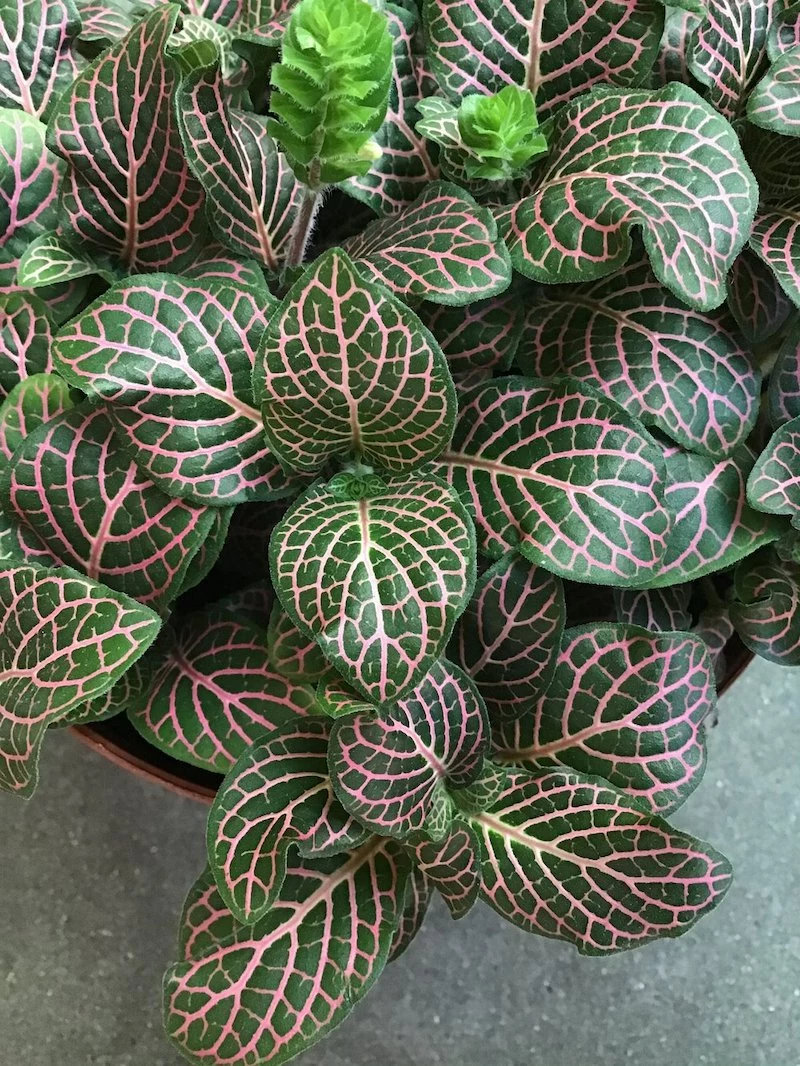
The Silent Killer: Root Rot. With rare and expensive plants, this is your number one enemy. It’s a fungal disease caused by roots sitting in overly wet soil with no access to oxygen. The signs above ground—yellowing leaves, wilting—are often mistaken for thirst, causing people to water even more. Always check the soil deep down with your finger or a moisture meter before reaching for the watering can. When in doubt, wait another day.
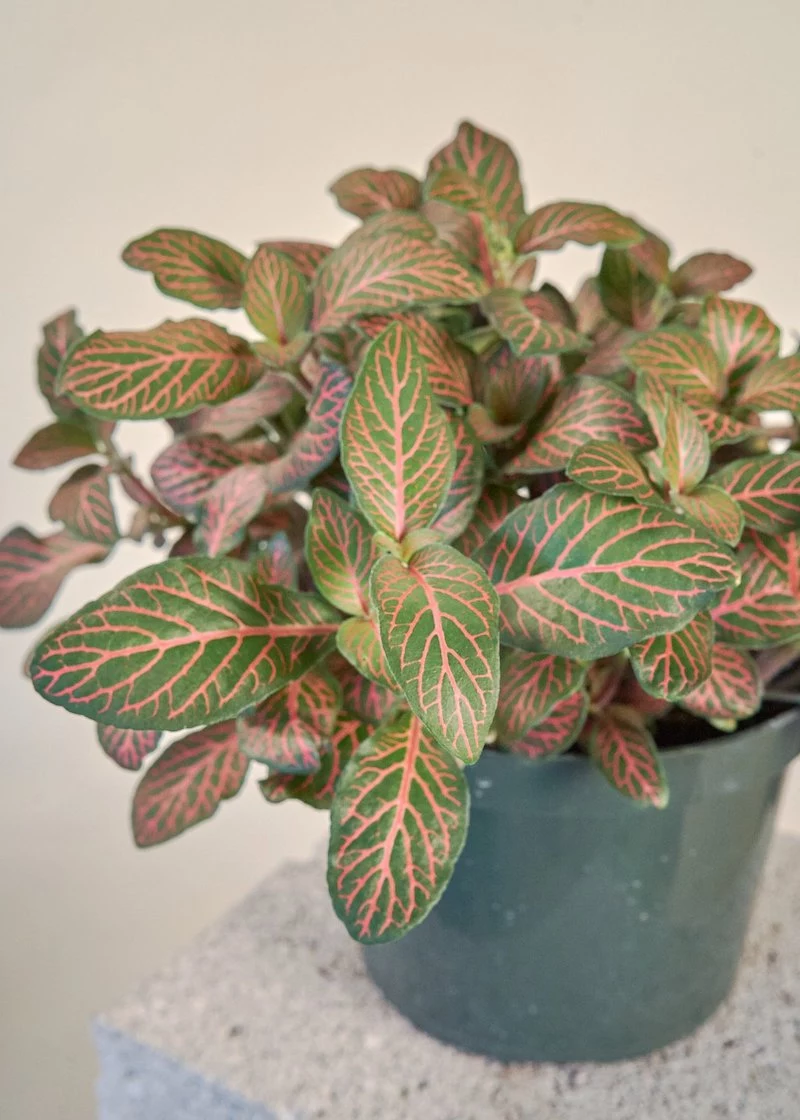
Do I really need a grow light for my weird plants?
If you lack the ‘bright, indirect light’ sweet spot, then yes. Standard lightbulbs won’t do; you need full-spectrum bulbs designed for plants. A simple screw-in bulb from a brand like Sansi can transform a dim corner into a viable growing space. For a more aesthetic solution, pendant-style lights from Soltech Aspect look like high-end decor while providing the powerful light your statement plants crave to truly thrive, not just survive.
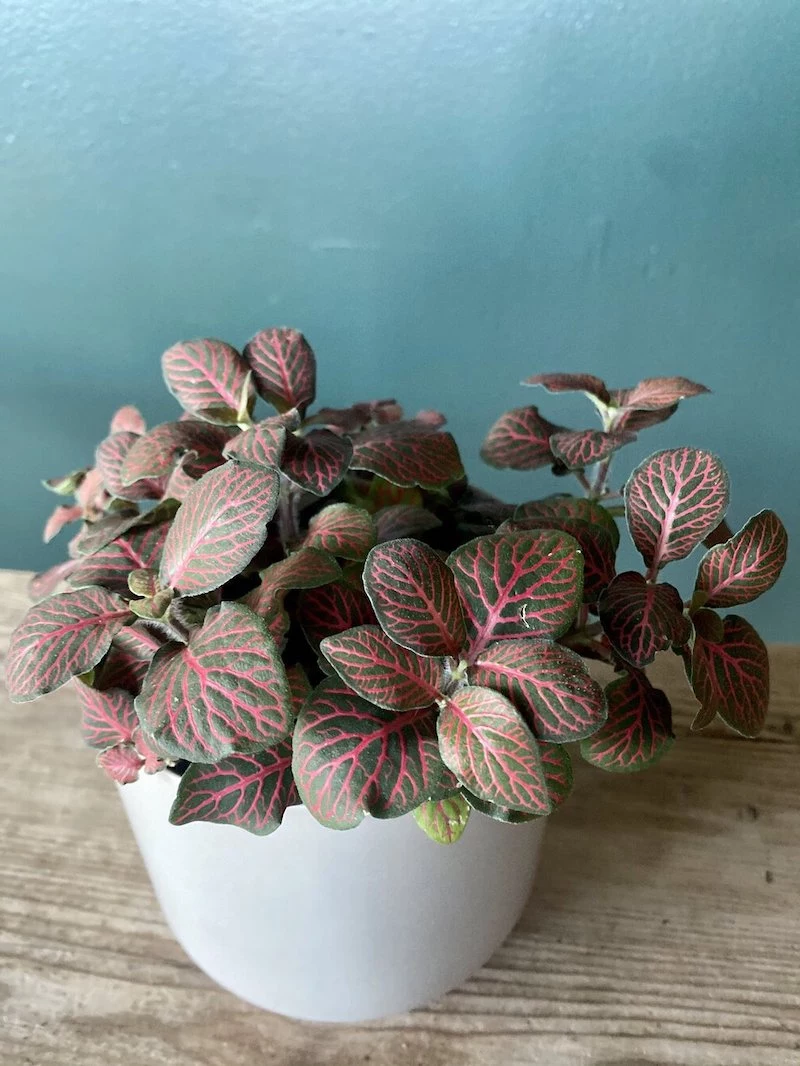
Our current obsession with collecting rare aroids has a historical parallel: the Victorian era’s ‘Pteridomania,’ or ‘Fern Fever.’ People from all social classes became fanatical about collecting ferns, venturing into the wild to find rare specimens and building elaborate glass ‘Wardian cases’ to house them. It shows that the desire to cultivate the unusual and exotic is nothing new.
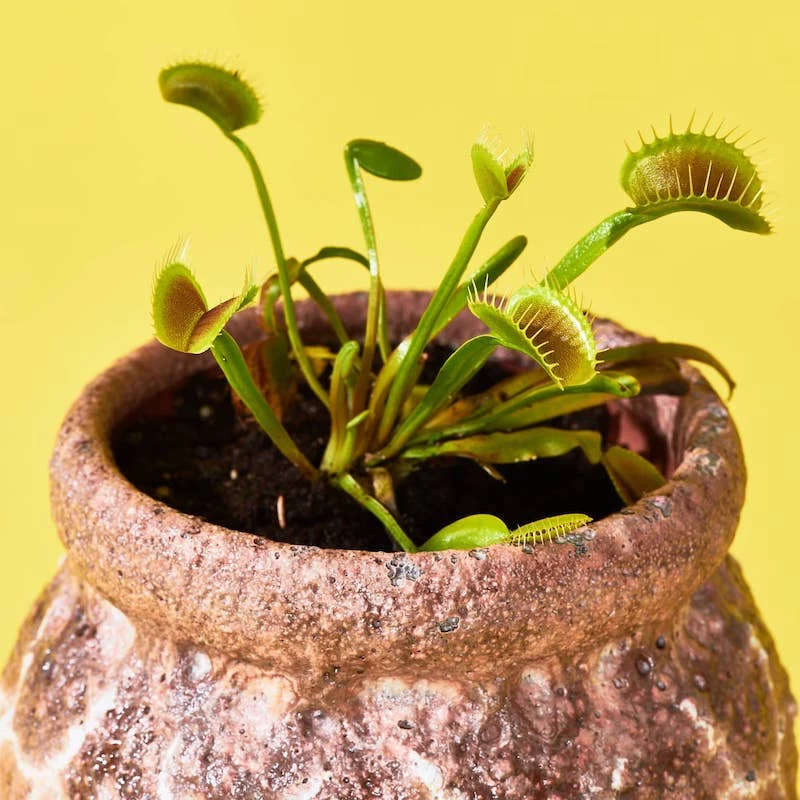
The global trade in ornamental houseplants is a market worth over $17 billion.
This massive industry means new cultivars and hybrids are constantly being developed. A ‘weird’ plant today, like the Raven ZZ, might become a common staple in a few years as propagation techniques improve and supply meets demand. This makes the hunt for the truly unique an ever-evolving challenge.
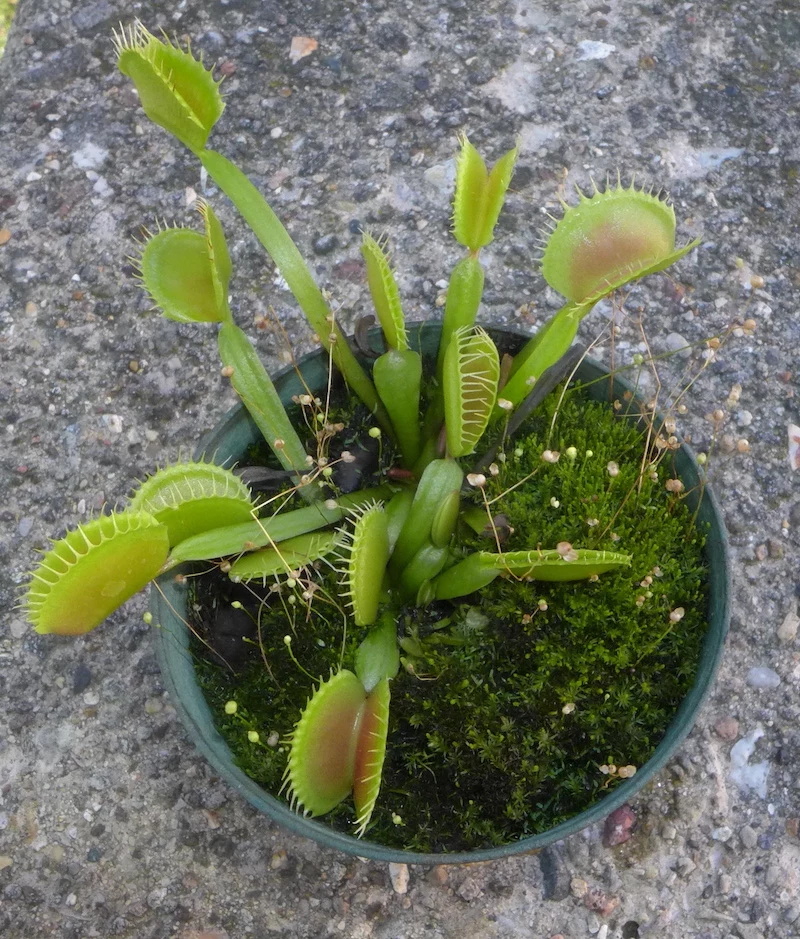
Expand Your Collection for Free: The best tool for growing your collection is a clean pair of scissors. Learning to propagate your plants—whether by taking stem cuttings from a Monstera, dividing a Calathea’s rhizome, or rooting a single Hoya leaf—is incredibly rewarding. It not only gives you backup plants but also provides valuable currency for trading with fellow enthusiasts to acquire new, interesting species without spending a dime.

When watering fussy plants like a Fiddle Leaf Fig or a finicky fern, consider the water’s quality. Tap water can contain high levels of chlorine and minerals that build up in the soil over time, leading to brown, crispy leaf tips. Letting your water sit out overnight can help some chlorine evaporate, but for your most prized plants, using filtered or distilled water is a pro-level trick that eliminates this variable entirely.
Pest Control Face-Off:
Neem Oil: A natural, plant-based oil that works as a preventative and a treatment by disrupting insect hormones and smothering them. It has a strong, distinct smell and should be applied out of direct sun to avoid leaf burn.
Insecticidal Soap: A specially formulated soap that dissolves the outer shell of soft-bodied insects like aphids and mealybugs on contact. It has little residual effect, meaning it’s only effective when it directly touches the pests.
Neem is better for prevention and systemic issues, while soap is great for a quick knockdown of an active infestation.










